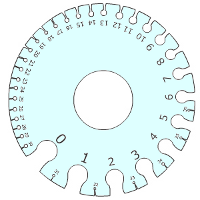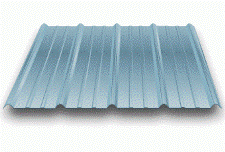The chart below shows the imperial standard sheet gauge definition with its metric equivalent and today s commercially available ferrous mild steel zintec galvanised steel stainless steel alloys and non ferrous aluminium alloys brass copper sheet.
Imperial sheet metal thickness.
The story of gauge.
Wire conductor sizes are also measured in gauge and are equivalent to the non ferrous thicknesses listed below but we have an article specific to wire gauge.
Standard metric sheet in mm.
Imperial equivalent in mm.
44 560 115 7793 email.
Sheet metal gauge size chart gauge or gage sizes are numbers that indicate the thickness of a piece of sheet metal with a higher number referring to a thinner sheet.
The table below provides conversion to inches.
Unit 4 yakira buildings 83 sefton lane maghull liverpool l31 8bu.
For other materials such as aluminum and brass the thicknesses will be different.
Metal sheet thickness is measured in gauge.
44 151 526 4777 fax.
Gauge to thickness chart gauge stainless galvanized sheet steel aluminum fraction inches mm inches mm inches mm inches mm 30 0 0125 0 33 0 0157 0 40 0 0120 0 30 0 0100 0 25.
The equivalent thicknesses differ for each gauge size standard which were developed based on the weight of the sheet for a given material.
As the gauge number increases the material thickness decreases.
For example 18 gauge steel according to a gauge conversion chart is 0.
A gauge conversion chart can be used to determine the actual thickness of sheet metal in inches or millimeters.
Sheet metal thickness gauges for steel are based on a weight of 41 82 pounds per square foot per inch of thickness.
This is known as the manufacturers standard gage for sheet steel.
Gauges are neither standard nor metric and the values are independent of those measurement systems.
Thus a 10 gauge steel sheet which has a thickness of 0 1345 inches will weigh 41 82 0 1345 5 625 pounds per square foot.


























